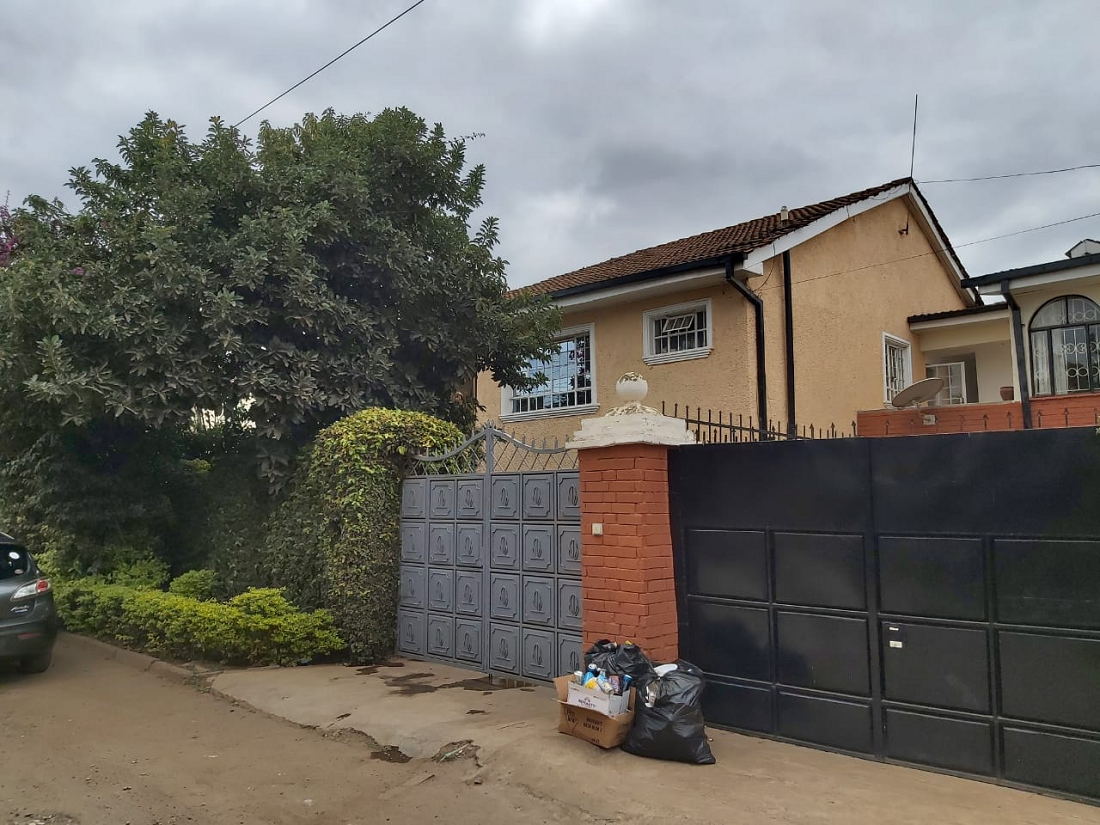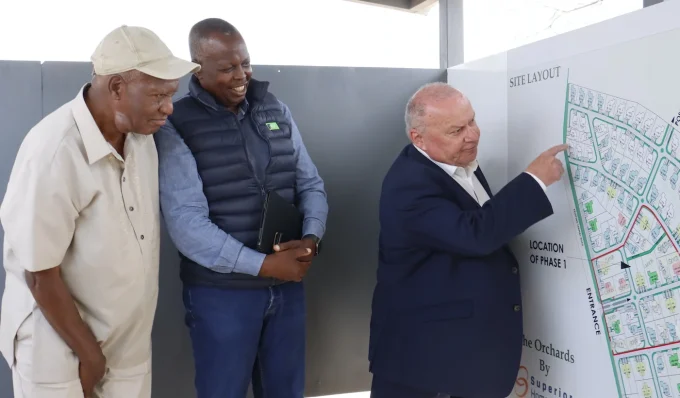House prices continued to decline in the fourth quarter of 2021, at a much faster rate than what was recorded in the third quarter. The Kenya Bankers Association – House Price Index (KBA- HPI), showed that house prices contracted by a higher rate of 3.99% during the quarter, compared with a contraction of 3.70% in the third quarter.
See >> Eric Omondi Shows Off Ksh141 Million Mansion
The steady decline in house prices broadly reflects the headwinds in the economy that influenced both demand and supply. With demand depressed, the change in house prices was not drastic, partly because of the downward stickiness of prices – a typical characteristic of the housing market.
The report attributes the decline to a general price correction trend as well as slow economic growth and weakened households’ purchasing power. In the second quarter, the prices softened by 1.62%, 3.70% in the third quarter and 3.99% in the fourth quarter of 2021.
Kenya Bankers Association Research and Policy Director Dr Samuel Tiriongo noted that the sharp drop in prices in 2021 reflected subdued investments that limited the rollout of new supply amidst easing demand. “The broader construction and real estate sector manifested declines in the growth trajectory in the fourth quarter of 2021, growing by 6.0 percent during the quarter down from 6.7 percent growth in the third quarter,” Dr Tiriongo said.
In particular, while the real estate sector expanded by 5.7% in the fourth quarter compared to 7.1% in the third quarter, growth in construction dropped to 6.0% from 6.7% over the same period.
The sector’s performance was on the back of some of the notable changes in its indicators. For instance, cement consumption (a supply-side proxy) continued to contract, to lag production in the fourth quarter. In particular, cement consumption declined to 778,088 MT in December 2021 from 856,980 MT in September 2021, as production declined to 791,050 MT from 866,344 MT in September 2021.
Nonetheless, the sector saw mild demand support through credit growth, as lending to the building and construction sector slightly edged up to 1.9% in December 2021 from 0.5% in September 2021. However, growth in loans to the real estate sector continued to decelerate, to 0.6% in December 2021 from 2.9% in September 2021 and 3.2% in July 2021.
On the back of the outlined broader developments in the sector, the intersection of the demand and supply-side developments of the housing market resulted in a softening of prices; consistent with a market correction trend observed from the recent past.
See Also >> Mind Games Behind The Launch Of Business Daily
Other overarching concerns during the period included the relatively low levels of concluded housing market transactions against expectations from the switch in April 2021 at the Lands Registry to an electronic system of processing of title transfers.
“Over the same period, real estate sector activities expanded by 5.7 percent in the fourth quarter compared to 7.1 percent in the third quarter,’’ said Dr Tiriongo. Housing transactions in the lower market segment, and particularly apartments, dominated during the year, to account for over 58 percent of all transactions.
However, the demand for bungalows continued to wane, contracting by half in the last quarter of the year and accounting for 13.3% of all transactions. The share of maisonettes, however, rebounded to 29.2% in the fourth quarter, from 22.2% in the third quarter. Townhouses, which have been characterized by dormancy since the first quarter of 2021, registered some resurgence.
Next >> A Company Name That’s Causing Nightmares For Kenyans













Leave a comment